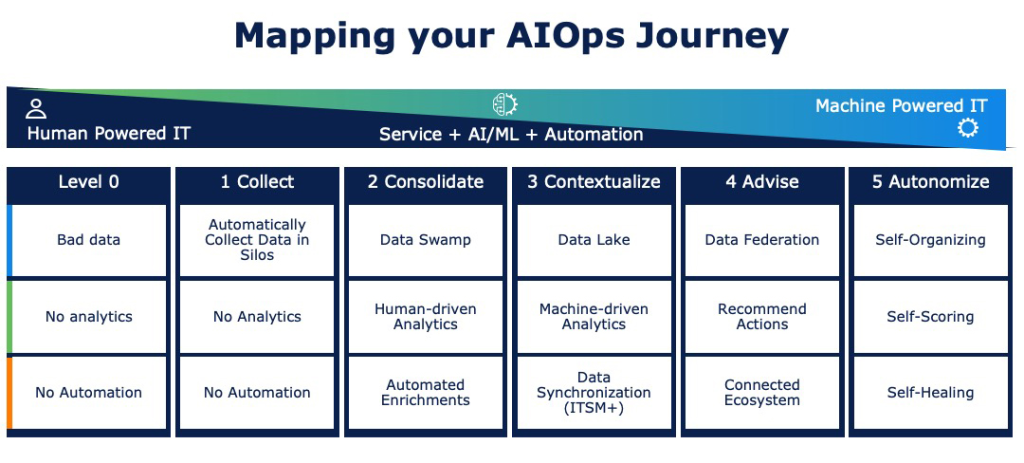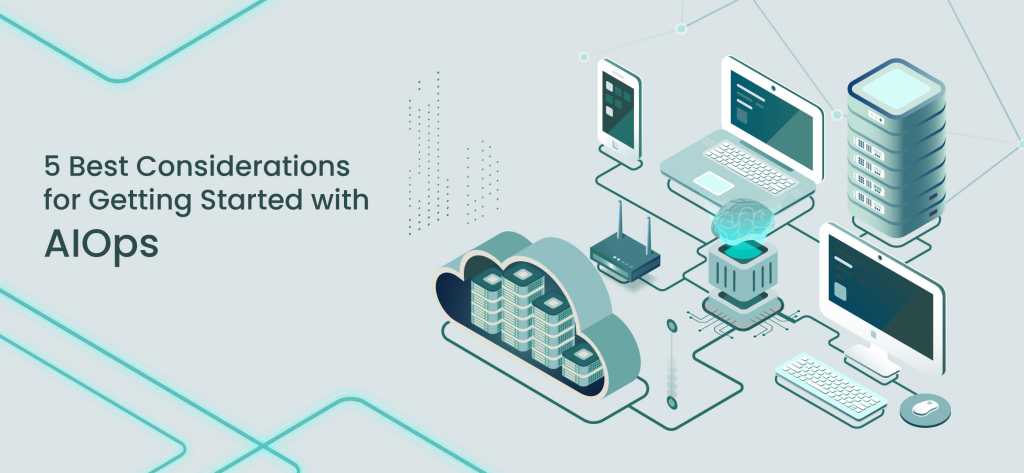
Are you ready to embark on a journey into the world of AIOps? If so, you’ve come to the right place! In this article, we’ll explore everything you need to know to get started on your AIOps journey, from the basics of AIOps to tips for success along the way.
What is AIOps?
Before we dive into how to get started with AIOps, let’s first define what it is. AIOps, or Artificial Intelligence for IT Operations, is a practice that combines the power of artificial intelligence and machine learning with traditional IT operations to improve the efficiency and effectiveness of IT processes.
AIOps is designed to help IT teams better manage the complexity of modern IT environments, which can include anything from cloud-based applications to IoT devices and beyond. By leveraging AI and machine learning, AIOps can help IT teams identify and resolve issues faster, automate repetitive tasks, and improve overall system performance.
Why are AIOps Important?
So why should you care about AIOps? Well, for starters, AIOps can help you save time and money. By automating tedious and time-consuming tasks, you can free up your IT team to focus on more strategic initiatives. Additionally, AIOps can help you identify and resolve issues faster, which can reduce downtime and minimize the impact on your business.
But perhaps the biggest advantage of AIOps is the ability to gain deeper insights into your IT environment. By leveraging AI and machine learning, you can identify patterns and trends that might be difficult to spot manually. This can help you proactively address issues before they become major problems, and optimize your IT processes for maximum efficiency.
How to Get Started with AIOps
Now that you understand the basics of AIOps and why it’s important, let’s explore how to get started on your AIOps journey.

Step 1: Define Your Goals
Before you can implement AIOps, you need to define what you hope to achieve. Are you looking to reduce downtime? Improve system performance? Automate repetitive tasks? Whatever your goals may be, make sure they’re clearly defined and aligned with your overall business objectives.
Step 2: Choose the Right Tools
Once you’ve defined your goals, it’s time to choose the right AIOps tools for your organization. There are a variety of tools available on the market today, each with its own strengths and weaknesses. Some of the most popular AIOps tools include:
- Splunk
- IBM Watson
- Moogsoft
- Dynatrace
- AppDynamics
When evaluating AIOps tools, consider factors such as ease of use, scalability, and cost.
Step 3: Build Your Data Foundation
To get the most out of AIOps, you need a solid data foundation. This means collecting and analyzing data from a variety of sources, including:
- Logs
- Metrics
- Traces
- Events
- Alerts
Make sure you have a robust data collection and analysis strategy in place before implementing AIOps.
Step 4: Train Your AI Models
Once you have your data foundation in place, it’s time to train your AI models. This involves feeding your AI algorithms with historical data and teaching them to recognize patterns and anomalies. The more data you have, the better your AI models will perform.
Step 5: Implement AIOps
With your goals defined, tools selected, data foundation in place, and AI models trained, it’s time to implement AIOps. Start small, with a pilot project or proof of concept, and gradually scale up as you gain confidence in the technology.
Tips for Success on Your AIOps Journey
As you embark on your AIOps journey, keep these tips in mind:

- Start with a clear understanding of your goals and align them with your overall business objectives.
- Choose the right AIOps tools for your organization.
- Build a solid data foundation before implementing AIOps.
- Train your AI models with historical data to improve their performance.
- Start small and gradually scale up as you gain confidence in the technology.
Conclusion
AIOps is a powerful technology that can help IT teams manage the complexity of modern IT environments more effectively. By following these steps and keeping these tips in mind, you can get started on your AIOps journey and unlock the full potential of this exciting technology. So what are you waiting for? Let’s get started!
